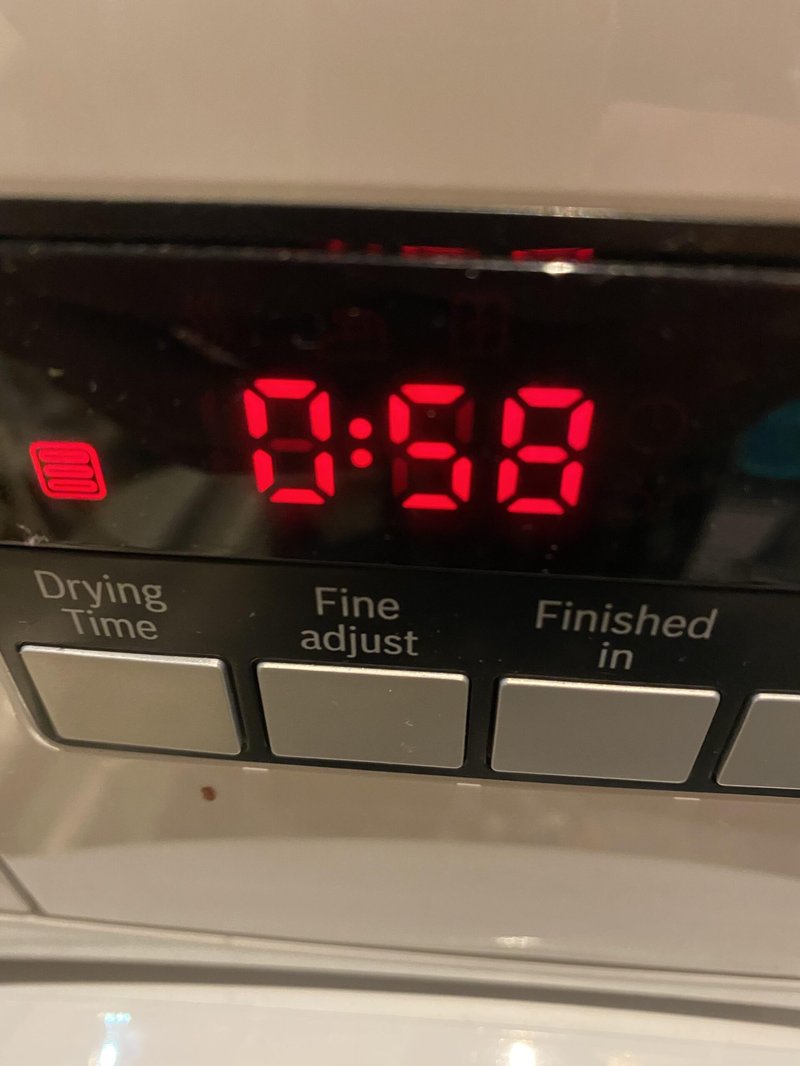
You might be wondering, “Why does my dryer have this error code in the first place?” Well, home appliances, like our Bosch dryers, are designed to be smarter these days. They can diagnose issues and communicate them to us, albeit in cryptic ways. The F1 error code specifically relates to issues with the dryer’s moisture sensor. Basically, the dryer isn’t able to properly gauge how wet the clothes are, and it’s throwing up an error to let you know there’s a hiccup in the system that needs some attention.
Understanding the F1 Error Code
The F1 error code is like a little flag waving from inside your dryer saying, “Hey, something’s up!” It specifically points to a fault in the moisture sensor. Think of this sensor as the dryer’s way of determining when your clothes are perfectly dry. It’s like a built-in weather app, checking conditions inside the drum and deciding when to stop the cycle. If this sensor isn’t working properly, the dryer doesn’t know when to stop, which can lead to damp clothes or wasted energy.
Now, let’s talk a bit about what might cause this. Imagine having a calculator with a sticky button; it just doesn’t work right until you fix that button. In our case, it might be an issue with the sensor’s connection, which could be due to something as simple as lint build-up or more complex like a wiring problem. Think of the wiring as a network of roads, and if there’s a traffic jam somewhere, messages don’t get through as they should.
The good news is that most sensor issues aren’t catastrophic. Before you rush out to call a technician, there are a few simple checks you can do at home. This could save you a service call and potentially money. Let’s explore these steps in the next section.
How to Troubleshoot the F1 Error Code
Here’s where we get hands-on. Remember, safety first: always unplug your dryer before starting any checks. You want to ensure there’s no power running through the machine while you inspect it. Once that’s done, let’s start by cleaning the lint filter and the area around it. Lint can sometimes get into places it shouldn’t, like the sensor, and cause errors.
Next, take a closer look at the moisture sensor itself. It’s usually located inside the drum, near the lint filter, and looks like two metal bars. These bars can get a film on them from fabric softeners or detergent, which interferes with their function. Using a soft cloth and a bit of vinegar, gently clean these bars. It’s like wiping smudges off your glasses – suddenly, everything’s clearer!
If the error persists after cleaning, it could be worth checking the connections to the sensor. This is a bit trickier, as it involves accessing more of the dryer’s internals, so if you’re not comfortable, remember there’s no shame in calling a professional. They can efficiently identify whether the sensor needs replacing or if there’s a different issue at play, like a problem with the control board.
Maintaining Your Dryer to Prevent Future Errors
Preventing future hiccups with your Bosch dryer can be as simple as regular maintenance. Think of it like keeping your bike oiled – it’s just good practice. Start with regular cleaning. Not just the lint filter, but occasionally vacuuming around the lint trap and vent to prevent build-up. This helps your dryer breathe easier and function better.
Remember to avoid overloading the dryer, too. It’s tempting to cram that last towel in, but overloading can strain components and lead to errors. It’s similar to trying to carry too many grocery bags at once – something’s bound to give!
Finally, consider running a dryer sheet less frequently. They can leave a residue on sensors and other parts. If you love the softness, try using wool dryer balls as an alternative. They’re reusable and help keep your clothes fluffy without any buildup.
By taking these simple steps, you’re not just solving today’s problem but also laying the groundwork for a longer, trouble-free future with your Bosch dryer. If issues do pop up again, you’ll have a head start on understanding what to do next. So, here’s to more worry-free laundry days ahead!